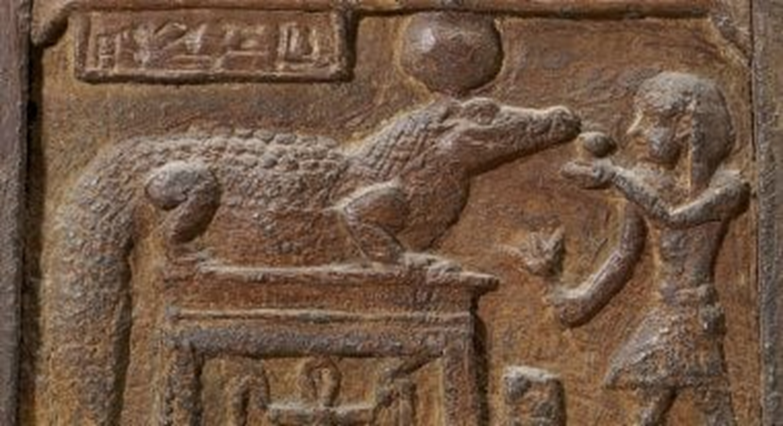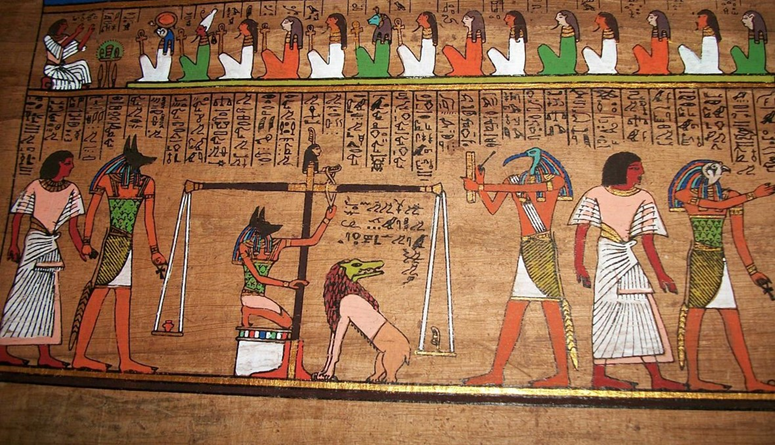The Pharaohs fasted from sunrise to sunset

The ancient Egyptians are considered to be the ones who introduced and knew fasting . The ritual of fasting in ancient Egypt was linked to various purposes, including fasting for the purposes of getting closer to the Creator, or to purify the soul from some evils, or purify the body from some diseases, or fasting associated with religious mourning linked to the rituals and secrets of some gods such as Osiris, Or funeral mourning associated with the funeral rituals of some dead within the family .Or fasting that precedes some religious celebrations, or fasting for the purpose of worship and abstract asceticism, individually or collectively, and this is a fact proven by documents, evidence, and historical evidence .
The ancient Egyptians practiced these rituals in a way that differed in appearance, details, and movements from those of their successors, but their practice of these rituals did not differ in meanings, goals, and objectives from those of those who succeeded them .

An archaeological study by archaeological researcher Hussein Daqeel, a researcher specializing in Greek and Roman antiquities, noted that there are academic scientific studies through which researchers concluded that the ancient Egyptians knew the ritual of fasting and practiced it on their holidays as a form of getting closer to the deity .
Dr. Hussein Daqeel explains that fasting among the ancient Egyptians varied between obligatory, recommended, and voluntary. The ancient Egyptians knew how to fast three days of every month in order to maintain their health. They also used to fast to celebrate the feasts of the Nile River, the harvest, and the beginning of the new year. There was another type of fasting; It is called abstinence fasting, and it lasted for 70 days during which it was forbidden to eat anything except water and vegetables .
Learn about the nature of fasting among the ancient Egyptians
Archeology expert Dr. Abdel Rahim Rayhan, Director General of Archaeological Research, Studies and Scientific Publishing in South Sinai at the Ministry of Tourism and Antiquities, sheds light on this study, explaining that fasting in ancient Egypt was divided into two parts :

The fasting of the priests and the fasting of the people :
The fast of the priests begins when the hermit joins the temple service, where he fasts for seven consecutive days without food or drink, with the aim of purifying himself from the attachments of the body and soul and to prepare him for spiritual tasks. Some researchers stated that this section of fasting may extend to 42 days .
Dr. Rayhan notes that the priest goes through stages that begin with a ten-day fast from meat and wine, then this is followed by instructing him in his duties on sacred matters. Then he resumes fasting for another ten days in which he abstains from all food in which the spirit is in it and feeds on barley bread and water in order to advance to a higher stage in spiritual tasks. Then in... For the last ten days, he abstained from all types of food and water. The fast of the priests began from sunrise until sunset, and included not having sexual intercourse with women. They spent it in purification, asceticism, and worship .
Through the study, Dr. Rayhan points out that the people fasted for four days every year, starting when the seventeenth day of the third month of the flood season arrives. It is a complete fast in which the fasting person abstains from food, drink, and women from sunrise until sunset, and that the word “fasting” is in the Egyptian language. The old one consists of two syllables: "Sao", meaning to abstain, and "Mim", meaning to abstain from, as explained by Dr. Alaa Al-Khuzaie in his book (The Historical Development of Fasting ).

The story of “Wahwi, oh Wahwi”
At the beginning of this month among the ancient Egyptians, people used to go out and say, “ Wahwi, oh Wahwi , ” which means appear, appear, and that “Iahah” is the name of Iahhotep, whose name is divided into “Iahhotep,” meaning the moon, and “hotep,” meaning time, meaning “the moon of time.” She was a Pharaonic queen who encouraged her husband to confront the Hyksos, and after her, her eldest son, Kamose, died as a warrior like his father, and then after him, King Ahmose .
Source : websites

